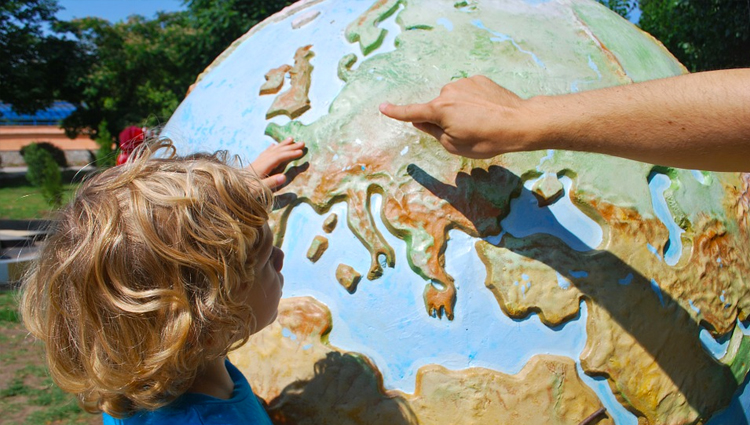Experimental Science Education

By: Carrie Arnold
(Inside Science) -- Science teachers and science enthusiasts alike can see the writing on the wall.
The last NASA space shuttle mission is scheduled to complete its final few orbits around Earth and land early Thursday morning. According to a 2009 Program for International Student Assessment report, the U.S. remains behind other countries in measures of math and science proficiency, and many American adults fail basic tests of scientific literacy.
By changing how science is taught, however, more kids may develop an appreciation for science. The key, educators say, is balancing direct instruction with free inquiry. The idea is to move away from presenting science as a series of cold, hard facts set in stone.
The scene has been repeated at toy boxes and classrooms the world over: a toddler spots a new toy and picks it up. In order to play with it, the youngster first needs to figure out what the toy does. It's a matter of inquiry, and one that's not all that different from how science can be taught in schools.
Laura Schulz, a cognitive scientist at the Massachusetts Institute of Technology in Cambridge, conducted an experiment of her own to determine how teaching toddlers about an unfamiliar toy altered their play. Schulz and colleagues created a toy with four different functions: pulling a yellow tube made the toy squeak, pushing a blue button made the toy light up, touching a pad created musical notes, and looking in a black tube showed a reverse mirror image of the viewer's face. The researchers brought the toy to the Museum of Science in Boston and asked 85 preschoolers to play with it under one of four different experimental conditions.
In one of the conditions, the researchers only told them about the toy's squeak function and didn't mention what else the toy did. In another group, the researchers started to tell the children about the squeak function but then got "interrupted" and left the children to play. Researchers presented the toy to the children in the third group and "discovered" the squeak function on accident, and in the fourth group, the toy was left sitting on a table and no instruction was given. After giving instruction, Schulz and colleagues then allowed the children to play with the toy for several minutes.
The children in the latter three groups played with the toy for longer than the first group and discovered one to two of the toy's additional functions, likely because the children in the first group only thought the toy squeaked. The researchers published their results in the journal Cognition.
"If you think you already know what kinds of things you need to figure out, then you'll be much less likely to discover new things," Schulz said.
Schulz cautioned that the results of this study shouldn't encourage teachers to get rid of direct instruction. Free inquiry, she said, is often more effective when you know a few basic rules of the subject. Even the most advanced geneticists needed to learn the basics about DNA before they could start experimenting.
It's something Gamal Sherif sees every day. A biochemistry and history teacher at the Science Leadership Academy in Philadelphia, he uses a unique inquiry-based approach to teaching science that was honored earlier this year by the National Science Teachers Association. Students receive more oversight and guidance when they enter the academy in ninth grade, Sherif says, and gradually transition to more independent, self-directed projects by their senior year. Many graduates of the academy are prepared to conduct advanced research by the time they enter college.
"It's really important that kids and teachers have the opportunity to pursue their own questions," Sherif said. "The best learning happens when people have natural curiosities that are encouraged and cultivated."
Fewer and fewer elementary school students have the opportunity to learn about science, said Francis Eberle, executive director the National Science Teachers Association. State tests for elementary school kids emphasize math and reading, not science, and teachers feeling the pressure to perform well simply cut science from the curriculum, leaving kids without a solid science foundation on which to build.
"[Science education] tends to drift away from the wonderment of science, the majesty of looking up at the stars when you can see the Milky Way," Eberle said, adding that the goal for science instructors is to build upon that wonderment.
